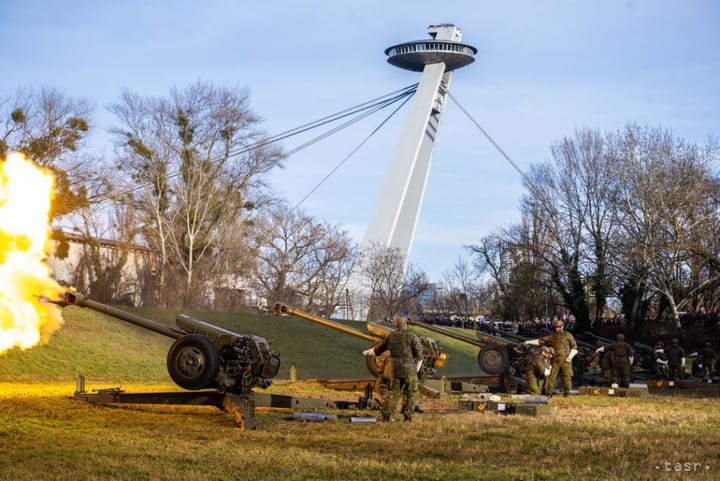Sastin-Straze: National Pilgrimage Held in Limited Mode Due to Adverse Weather
Due to the unfavourable weather, the national pilgrimage to mark the Feast of Our Lady of the Seven Sorrows, the patroness of Slovakia, was held in Sastin-Straze in a limited mode this year, with a Holy Mass inside the Sastin Basilica being celebrated by Zilina Diocese Bishop Tomas Galis.

Sastin-Straze, September 15 (TASR) - Due to the unfavourable weather, the national pilgrimage to mark the Feast of Our Lady of the Seven Sorrows, the patroness of Slovakia, was held in Sastin-Straze (Trnava region) in a limited mode this year, with a Holy Mass inside the Sastin Basilica being celebrated by Zilina Diocese Bishop Tomas Galis.
The Holy Mass was attended by President Peter Pellegrini, House Vice-chair Andrej Danko (Slovak National Party/SNS) and other figures of social and political life. The main theme of this year's national pilgrimage was the sight of Our Lady of the Seven Sorrows, Mother of Hope.
According to Galis, the situation in society often puts even close people before the question as to which '-ism' they lean towards. "As if we only had a choice of some '-isms'. In the past it was socialism, capitalism, secularism, while today it is traditionalism, progressivism, individualism and others," noted the bishop in his homily, adding that the Sunday celebration gives the opportunity to subordinate everything in life to Christ, to love. He emphasised the importance of hope in human life.
Slovaks have been honouring Our Lady of Sorrows in a special manner at least since Ottoman incursions in the 15th century. The territory of Slovakia remained largely free of Ottoman rule, while the rest of the Kingdom of Hungary was occupied until the late 17th century.
Pilgrimages to Sastin began in the 16th century after Countess Angelica Bakic, wife of Count Emericus Czobor, ordered a wooden pieta to be made as a result of a promise to God for being heard in relation to suffering caused by her husband. The pieta was hidden in a nearby castle during the Ottoman occupation. After the occupation ended, it returned to Sastin, an ancient arch-deaconal seat. People began to venerate it, and it gained a reputation for healing.



